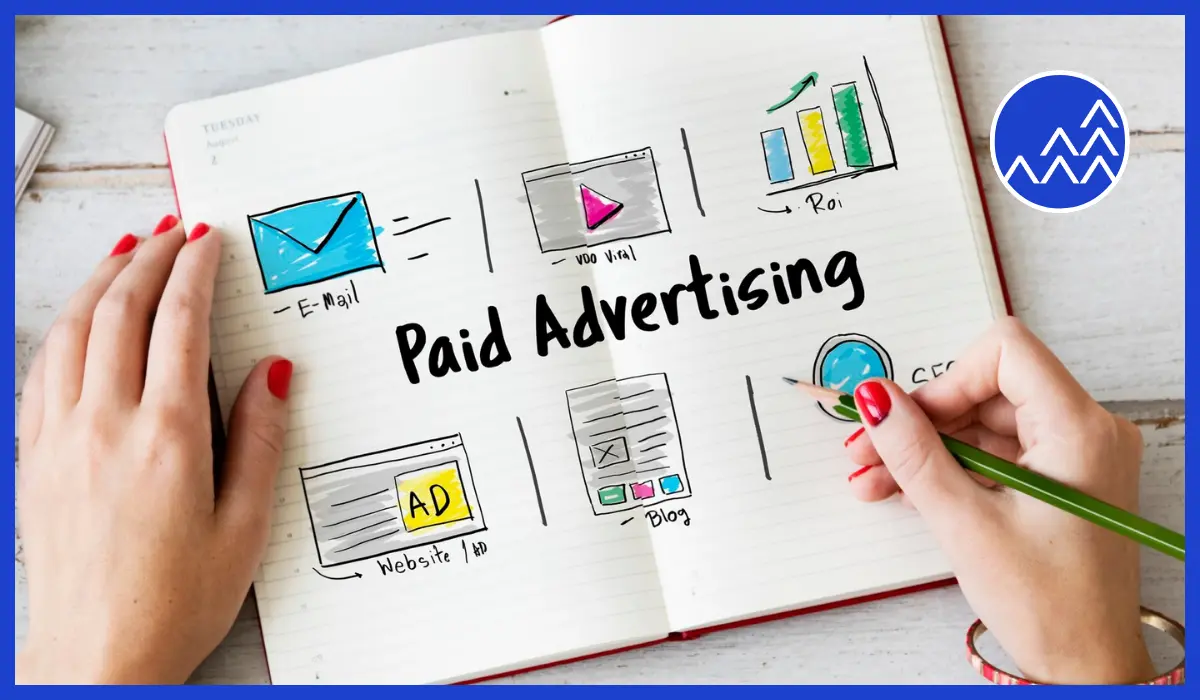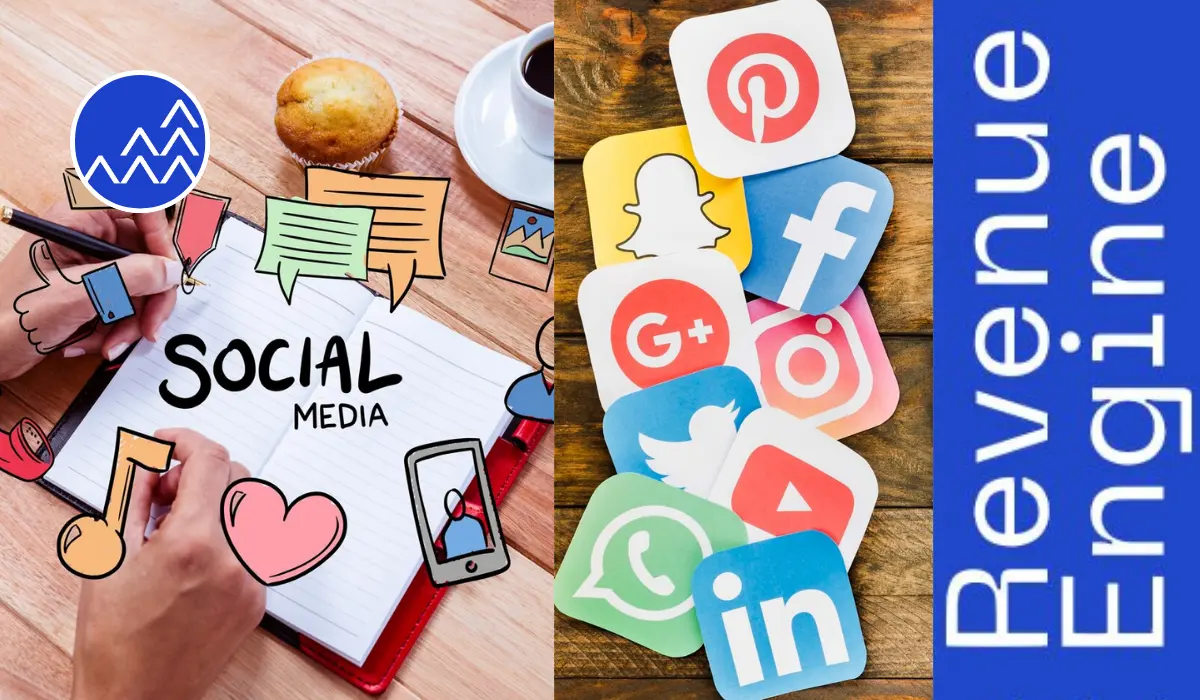In today’s fast-paced business environment, cold emails remain one of the most effective ways to reach out to potential clients and boost sales. However, success with cold emails is not just about sending out a bunch of messages and hoping for the best. It requires a strategic approach, precise targeting, and compelling content. This guide will walk you through how to use cold emails to enhance your sales process and achieve remarkable results.
What Are Cold Emails?
Cold emails are unsolicited emails sent to potential clients or customers who have had no prior contact with the sender. Unlike spam, cold emails are carefully crafted to provide value, address the recipient’s pain points, and offer a solution through your product or service. The goal is to build a relationship that could eventually lead to a sale.
Why Cold Emails Work
Cold emails can be highly effective when done right for several reasons:
Direct Communication:
Unlike ads or social media posts, cold emails are direct, personal, and land straight in the recipient’s inbox. This gives you an opportunity to communicate one-on-one.
Scalability:
Cold emails can be easily scaled to reach a large audience without incurring significant costs, making them an affordable marketing tool for businesses of all sizes.
Measurability:
With the right tools, you can measure the performance of your cold email campaigns by tracking open rates, click-through rates, responses, and conversions.
Targeted Outreach:
You can target specific demographics, industries, or job titles, ensuring your message reaches the right people.
Crafting the Perfect Cold Email
The success of a cold email campaign largely depends on how well you craft your emails. Here are the key components to consider:
Subject Line:
The subject line is the first thing your recipient will see, and it determines whether they will open your email or not. Make it compelling, concise, and relevant. Avoid using clickbait, as this can harm your credibility.
Example: “Quick Question About Your [Pain Point]” or “A Solution to Improve Your [Specific Metric]”
Personalization:
Personalization is crucial. Address the recipient by their name and reference their company or industry. Mention something specific about their business or challenges to show that your email is not a generic template.
Example: “Hi [Name], I noticed that your company has been expanding its [specific department].”
Value Proposition:
Clearly state what you’re offering and how it benefits the recipient. Focus on the problem you solve rather than just promoting your product or service.
Example: “We help companies like yours reduce their [specific problem] by up to 50% within the first three months.”
Call to Action (CTA)
End your email with a clear and concise call to action. Whether it’s scheduling a call, downloading a resource, or simply replying to the email, make sure the CTA is easy to understand and act on.
Example: “Are you available for a quick 15-minute call next week to discuss how we can help?”
Best Practices for Cold Email Campaigns
- Segment Your Audience: Don’t send the same email to everyone. Segment your audience based on industry, company size, or job title to ensure your message is relevant.
- Follow-up: Don’t be discouraged if you don’t get a response after the first email. Follow up with a polite reminder, providing additional value or insights.
- A/B Testing: Test different subject lines, email copy, and CTAs to see what resonates best with your audience. Use the data to refine your approach.
- Timing Matters: The timing of your email can impact its success. Research suggests that mid-week and mid-morning are often the best times to send cold emails.
- Compliance: Ensure that your cold email campaigns comply with regulations such as the CAN-SPAM Act. Always provide an option to unsubscribe and respect privacy laws.
Measuring Success
To ensure your cold email campaign is successful, you need to measure key metrics:
- Open Rate: Indicates the percentage of recipients who opened your email.
- Click-Through Rate (CTR): This shows how many people clicked on a link within your email.
- Response Rate: Measures how many recipients replied to your email.
- Conversion Rate: Tracks how many recipients took the desired action, such as signing up for a demo or making a purchase.
By analyzing these metrics, you can identify what’s working and what needs improvement.
Conclusion:
Cold emails, when executed properly, can be a powerful tool to boost sales. They allow for direct, scalable, and measurable outreach, making them an essential part of any sales strategy. By crafting personalized, value-driven messages and following best practices, you can increase your chances of success and drive significant results.
FAQs!
What makes cold emails different from spam?
Cold emails are personalized and provide value to the recipient, while spam is typically unsolicited, irrelevant, and often sent in bulk without personalization.
How often should I follow up on a cold email?
It’s generally a good idea to follow up 2-3 times, with a few days to a week between each email. Be polite and provide additional value in each follow-up.
What should I do if my cold emails aren’t getting responses?
Analyze your metrics, such as open rates and CTRs, to identify issues. You may need to adjust your subject line, email copy, or targeting strategy.
Are there any legal considerations when sending cold emails?
Yes, ensure compliance with regulations like the CAN-SPAM Act, which requires an unsubscribe option and adherence to privacy laws.








